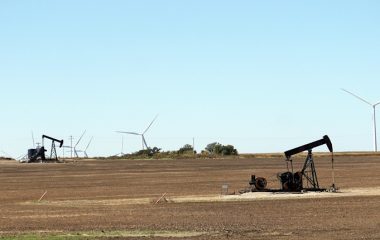
Photo: Frank Harms from Pixabay
The European Commission has adopted rules governing the implementation of the carbon border adjustment mechanism (CBAM) during its transitional phase, which starts on October 1 and runs until the end of 2025.
Importers of electricity, aluminium, cement, fertilizers, hydrogen, iron, and steel to the European Union will be charged a carbon border tax from 2026 for the greenhouse gas emissions that were created during production. The tax could have a great impact on non-EU states including Balkan countries.
The so-called implementing regulation details the transitional reporting obligations for EU importers of CBAM goods, as well as the transitional methodology for calculating embedded emissions released during the production process of CBAM goods, the European Commission said.
In the CBAM’s transitional phase, traders will only have to report on the emissions embedded in their imports which are subject to the mechanism, without paying any financial adjustment.
The transitional phase will provide adequate time for businesses to prepare
The commission estimated that with the transitional phase it would give adequate time to businesses to prepare while also allowing for the definitive methodology to be finetuned by 2026, when the EU starts phasing in the levy.
To help both importers and third-country producers, the commission has also published guidance for EU importers and non-EU installations on the practical implementation of the new rules, the European Union’s executive body said.
IT tools for performing and reporting embedded emissions calculations are under development
Additional help and support for importers and businesses will come from the IT tools for performing and reporting the calculations and from training materials, webinars, and tutorials. They are all under development and will be available when the transitional mechanism begins.
Importers will be asked to collect fourth-quarter data from of October 1 and submit the first report by January 31, the commission said.
Ahead of its adoption, the implementing regulation was subject to public consultation and was subsequently approved by the CBAM Committee, composed of representatives of EU member states.
One of the central pillars of the Fit-for-55 agenda, CBAM is the EU’s landmark tool to fight carbon leakage.









Be the first one to comment on this article.